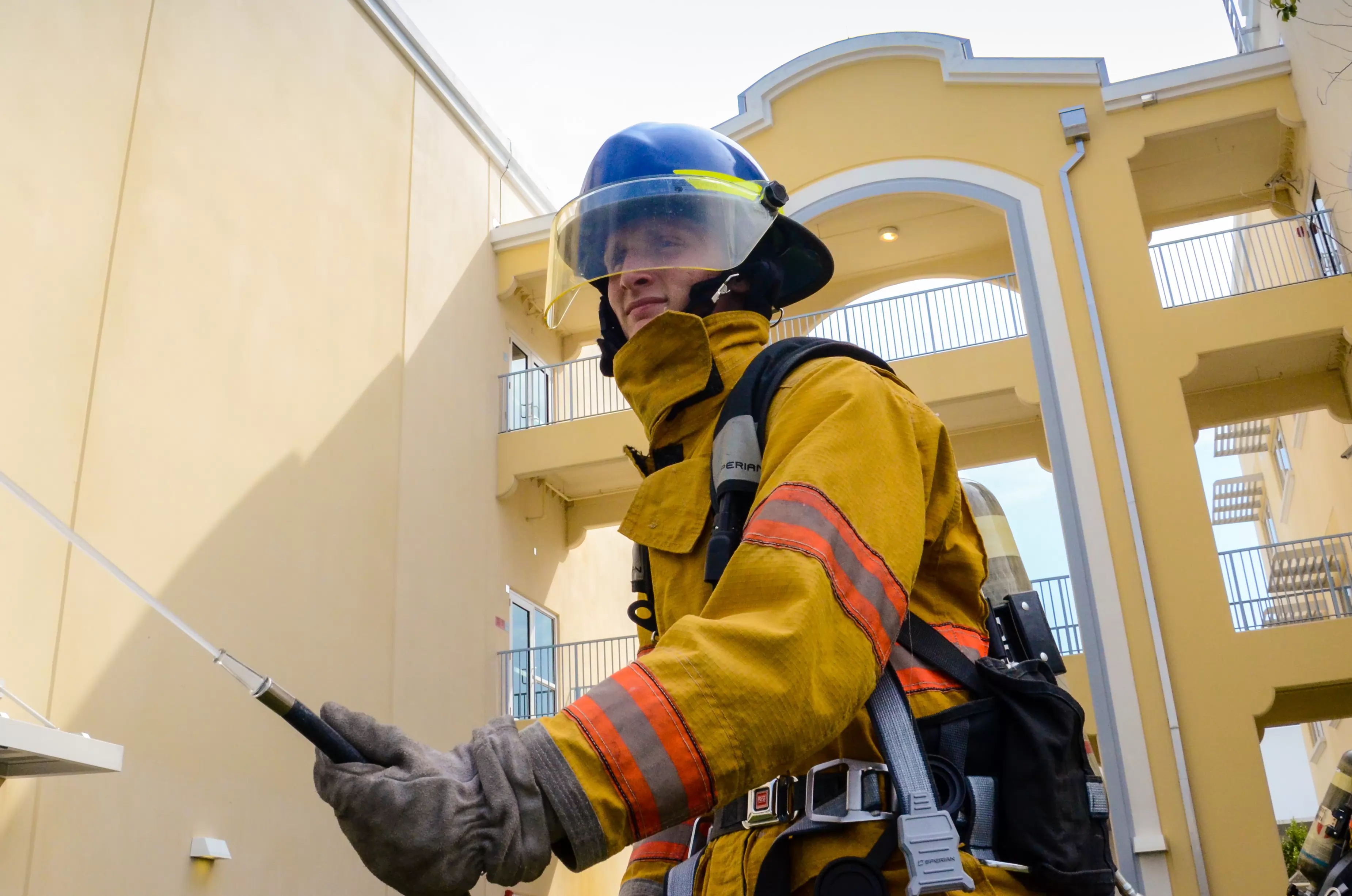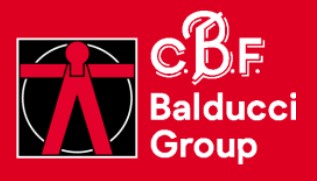Sintesi
The global workwear market, valued at $16.2 billion in 2021, is projected to grow at a compound annual growth rate (CAGR) of 6.3 percent, potentially reaching $29.1 billion by 2031. In Europe, the market is significant due to stringent work safety regulations within the EU, with its value estimated at $9.49 billion in 2022, and expected to increase to $13.77 billion by 2028 with a CAGR of 6.4 percent. Germany remains the largest consumer within the European market.
Analysis of Workwear Market Trends in Italy
In Italy, the workwear market has seen substantial growth in recent years, aligning with the global trend. Workwear caters to a range of industries including healthcare, construction, and the hospitality sector, among others. Diving into the Italian market dynamics, an upward trajectory is evident with growth not only in market value but also in the diversity of products on offer. As of recent statistics, the Italian workwear market has experienced a significant increase in turnover for companies within this sector, showing a rise of over 30 percent. This escalation is magnified by the growing demand in the healthcare sector, largely provoked by the pandemic's onset, which alone saw a turnover growth rate reaching into the double digits - around 15 percent in a specific year. Employment within the healthcare sector supports this demand, reflecting a growth of over 10 percent, while the manufacturing sector demonstrates a stable trend with a minor increase in the workforce. In contrast, the construction industry shows a notable uptick in employment numbers, particularly during the pandemic years. However, the hospitality sector faced a downturn, reducing the demand for workwear corresponding to the drop in employees within the sector.
The Italian market is not only defined by employment in various industries but also by an increasing awareness of worker safety and the injection of innovation into the production of workwear. Innovations such as lighter fabrics, multifunctional clothing, and the integration of technology are forefronting the new supply trends. Some unique offerings include workwear composed of recycled plastic and those serving extreme temperature conditions, manufactured by locally based companies. Moreover, the shift towards rental service models accentuates the market's expansion, proposing a cost-effective and sustainable alternative to traditional purchasing. Regulations and safety standards are principal drivers behind the demand for workwear, with stringent laws at both national and European levels mandating the use of protective equipment in various work environments. The compliance with standards such as UNI EN and EU regulations further solidifies the market's structure, enforcing the quality and safety of work attire.
Leading Innovators in Italy's Workwear Sector
As the Italian workwear market exhibits steady growth and innovation, numerous noteworthy companies have emerged as significant players—each contributing to shaping a dynamic industry. Below are some of the leading manufacturers that have consistently driven the industry forward, championing quality, functionality, and style in professional attire.
- Siggi Group: With a legacy spanning since 1962, Siggi Group has carved a niche in creating professional and school uniforms that respond to the diverse needs of sectors like industry, commerce, crafts, gastronomy, public administration, and the medical/hospital domain. The brand is synonymous with providing tailored solutions catering to the safety and professional image.
- Clever s.r.l: For over three decades, Clever s.r.l has honed its expertise in delivering a wide array of customizable clothing. Its range extends from casual promotional attire to specialty workwear including sportswear, technical garments, personal protective equipment, and a collection of accessories aimed at accident prevention.
- Sir Safety System: Since its inception in 1979, Sir Safety System has earned international recognition for its focus on personal protective equipment, safety footwear, and work apparel. Their commitment to offering optimal protection is evident in their high-quality standards, which are founded on advanced technological insights.
- Grassi s.p.a: Established in 1925, Grassi s.p.a has a rich history in fabricating technical apparel designed for professional, government, sports, and fashion sectors. It showcases a strong dedication to innovation and environmental mindfulness with a global workforce and multiple production plants, underscoring their sizable annual output.
- Cbf Balducci: Embarking on their journey in 1970, Cbf Balducci specializes in creating professional and technical clothing that meets both the functional and aesthetic expectations of diverse companies and workers. It has grown into an international group with a sizeable production capacity and a commitment to craftsmanship and quality.
- Industrial Starter s.p.a: What began in 1962 as a raincoat manufacturer, Industrial Starter s.p.a has evolved into an industry leader offering a comprehensive catalog of personal protective equipment. They've transitioned from merely distributing products to actively designing and manufacturing innovative workwear and protective footwear.
- Cfb s.p.a: Since 1986, Cfb s.p.a has been at the forefront of producing clothing for the healthcare sector, industrial laundries, and hospitality services. The company prides itself on its continual product innovation and development, with a keen focus on environmental considerations and compliance with regulatory standards.
per comprendere questo mercato
Dettaglio del contenuto
 Informazioni
Informazioni
- Pagine : 30 pags
- Formato : Versione PDF e digitale
- Ultimo aggiornamento : 18/10/2023
 Riepilogo ed estratti
Riepilogo ed estratti
1 Market Overview
1.1 Definition and presentation
Workwear is defined as clothing and footwear intended to be worn during a ' work activity, often with the aim of protecting the worker from one or more hazards that threaten his or her safety.
There are 4 main categories of work clothing:
- Technical clothing;
- Signal clothing ;
- Uniforms;
- Personal protective equipment (PPE).
However, the distinction between these categories is gradually disappearing as many PPE or technical garments are becoming more customized. The workwear market is deeply linked to industrial dynamism . The latter include construction, some market services (hotels/restaurants, transportation), health care, and public services. Their main functions are worker protection, brand or service communication, or employee identification. In addition, the market in Italy is influenced by changes in worker safety regulations on both the supply and demand sides.
Workers, artisans, professionals, healthcare workers: today, almost any activity may require specific clothing. The workwear market has witnessed rapid growth in recent years . This is in line with evolving regulations and legislation, which is increasingly motivated by the protection of workers' health and safety.
Whether it is uniforms, coveralls, pants, high-visibility jackets or safety shoes, work clothes are tailored to the workers' profession and are intended to protect, identify, but also to consolidate the company's identity and sense of belonging.
The Italian workwear market grows every year and still has high potential growth, as the number of people working in industry, healthcare and construction, where most workers wear workwear, grew by more than 10 percent per year between 2013 and 2018.
In addition to the sales market, there is also the workwear rental and maintenance market. This is also growing, given the economic and ecological aspect that these parallel markets represent.
1.2 The world market and the European market
By ****, the global workwear market is worth $**.* billion. With a compound annual growth rate (***) of *.* percent, by **** the value of the market could reach a total value of $**.* billion. Workwear market World, ****-****, in billions of dollars Alliedmarketresearch
The European workwear market is among the most relevant globally, partly due to ...
1.3 The growing Italian market
In order to analyze the Italian workwear market, the turnover of companies dedicated to the manufacture of workwear (***). The trend is positive during the entire period under consideration, and between **** and **** the highest growth is recorded: between **** and **** the increase is ** percent while in the following year, thanks mainly to the ...
1.4 The consequences of the Russian-Ukrainian conflict
The outbreak of the Russian-Ukrainian conflict in February **** resulted in, among other things, a general increase in the producer price index. The workwear industry is not exempt from price growth. Between January **** and August ****, the producer price index for workwear grew by **.* points. This means that prices for the industry in ...
2 Demand analysis
2.1 The question
There are two types of demand for work clothing Private sector demand: covers personnel in construction companies, personnel in food and accommodation services as well as those employed in the building and construction industry. Public sector demand: includes public officials such as law enforcement and health services personnel In order to ...
2.2 Demand drivers
The main drivers of demand for workwear are:
Safety regulations and sonformity: government and industry regulations regarding workplace safety often require the use of specific work clothes to protect workers from potential hazards. Work safety awareness: increased awareness of work safety among employers and workers can increase the demand for protective ...
2.3 Geographical distribution of demand
To visualize the geographical distribution of demand for work clothes, a map was created with the number of employees in the main industries where work clothes and personal protective equipment (***) are needed.
The distribution across the territory is extremely uneven. The Northwest collects **.* percent of the total number of employees in ...
3 Market structure
3.1 Workwear market value chain
3.2 A concentrated market
In order to analyze the foodservice market, enterprises under Ateco code **.** "Apparel making" are considered. In particular, the number of active enterprises, the number of employees and the legal form of enterprises are analyzed.
Number of enterprises
In recent years, the garment making industry appears to have been shrinking. Between **** and ...
3.3 The distribution of work clothes in Italy
The workwear market is based on volume and is mainly aimed at professionals who wish to have standardized clothing, suitable for their activities and in sufficient quantity to equip all their staff.
Thus, workwear distribution is structured around * main channels:
Direct sales: in business-to-business trade, manufacturers supply directly to end users. ...
3.4 The main actors
Some of the leading Italian manufacturers of workwear are listed below:
Siggi Group:founded in ****, the 'company specializes in professional and school clothing, is able to give specific answers to the needs of those who work in the world of industry, commerce, handicrafts, catering, public administration and the medical/hospitality and ...
4 Supply analysis
4.1 Type of the offer
Work clothes are specialized garments designed to be worn in the professional setting. They are intended to protect workers from hazards, promote hygiene, provide a degree of uniformity and professionalism, as well as meet specific needs related to the particular work environment or task being performed. Depending on function and purpose, ...
4.2 The prices
The following are prices for some products available in the Italian market. The products are divided according to the economic sector in which they are mainly used.
Healthcare
Industry
Restaurants and Hotels
Construction
4.3 New supply trends
Like the apparel market as a whole,workwear follows trends and guidelines regarding product sustainability, new available technologies, and social responsibility. In the workwear market in particular, other aspects are of particular importance.
Innovation and comfort
There is a trend toward lighter protective clothing, because the more comfortable protective clothing is, ...
5 Regulations
5.1 Regulations
The workwear market, as with many other agricultural products, is regulated by various laws and regulations at both the national and European levels. These laws are concerned with ensuring the quality, safety and proper use of the product. Some of the main laws and regulations for the Italian market are:
Legislative ...
6 Positioning of players
6.1 Segmentation
Italians
Foreign
- Indutex s.p.a
- Cfb s.p.a
- Industrial Starter
- Cbf Balducci
- Grassi s.p.a
- Sir Safety System
- Siggi Group
 Grafica
Grafica
- Taille du marché des vêtements et chaussures de travail en valeur, selon le type de produits
- Répartition du chiffre d'affaires de l'industrie du textile et de l'habillement, selon le type de produits
- Importations européennes de vêtements de travail
- Exportations de vêtements de travail
- Exportations de vêtements de travail en Europe
Tutti i nostri studi sono disponibili online e in PDF
Ti invitiamo a consultare un esempio del nostro lavoro di studio su altri mercato!
Aziende citate in questo studio
Questo studio contiene un panorama completo di società di mercato con le ultime cifre e le notizie di ogni azienda :
 Perché Scegliere Questo Studio :
Perché Scegliere Questo Studio :
Accedi a più di 35 ore di lavoro
I nostri studi sono il risultato di oltre 35 ore di ricerca e analisi. L'uso dei nostri studi ti consente di dedicare più tempo e aggiungere valore ai tuoi progetti.
Approfitta di 6 anni di esperienza e oltre 1.500 studi settoriali già prodotti
La nostra competenza ci consente di produrre studi completi in tutti i settori, inclusi i mercati di nicchia o emergenti.
Il nostro know-how e la nostra metodologia ci consentono di produrre studi con un valore unico di denaro
Accedi a diverse migliaia di articoli e dati a pagamento
BusinessCoot ha accesso all'intera stampa economica a pagamento e ai database esclusivi per svolgere studi di mercato (+ 30.000 articoli privati e fonti).
Al fine di arricchire i nostri studi, i nostri analisti utilizzano anche indicatori Web (semrush, tendenze, ecc.) Per identificare le tendenze in un mercato e strategie aziendali. (Consulta le nostre fonti a pagamento)
Supporto garantito dopo l'acquisto
Una squadra dedicata al servizio post-vendita, per garantirti un alto livello di soddisfazione. +39 380 247 7810
Un formato digitale progettato per i nostri utenti
Accedi a un PDF ma anche una versione digitale per i nostri clienti. Questa versione consente di accedere a fonti, dati in formato Excel e grafica. Il contenuto dello studio può quindi essere facilmente recuperato e adattato per i tuoi supporti.
 Le nostre offerte :
Le nostre offerte :
the workwear market | Italy
- Quali sono i dati relativi alle dimensioni e alla crescita del mercato?
- Cosa sta influenzando l'andamento e l'evoluzione del mercato?
- Qual'è il posizionamento degli attori di mercato?
- Segmentazione e profilo delle aziende operanti nel mercato
- Dati e numeri da una molteplicità di fonti
Pacchetto di 5 studi (-15%) IT Italy
- 5 rapporti a 75,6 € IVA esclusa per studio da scegliere dal nostro catalogo italiano per 12 mesi
- Risparmiare il 15% sugli studi aggiuntivi acquistati
- Scegliere il rimborso del credito non utilizzato al termine dei 12 mesi (durata del pacchetto).
Consulta i termini e le condizioni del pack e del rimborso del credito non utilizzato.
- 18/10/2023 - Lo studio è stato completamente rifatto da un analista Businesscoot. Con questa revisione completa sono state aggiunte informazioni sull'impatto degli ultimi avvenimenti politico-economici, su driver e distribuzione geografica della domanda, sui principali produttori italiani e stranieri e sui prezzi dei prodotti.
























